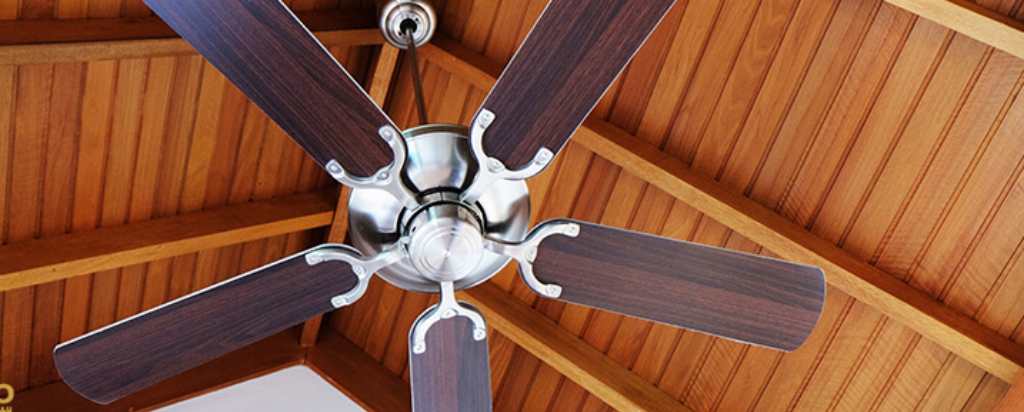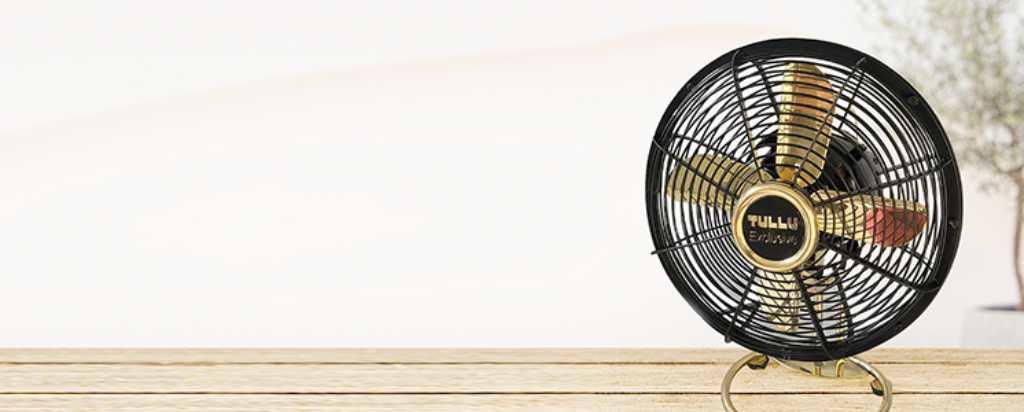With so many various fans on the market today, you’re going to be confused about which one will best meet your needs. If you’re attempting to decide between a designer ceiling fan and an Antique table fan, we’ll explain the differences between these two best-sellers.
First and foremost, if you’re thinking, “What’s the difference between a ceiling fan and a table fan?” We will explain how a ceiling fan and a table fan work in detail so you can determine which one is ideal for your room and needs.
What is a Designer Ceiling Fan and How does it Work?
We’re sure you know what a designer ceiling fan is, but understanding how it works can help you decide whether or not you need one. When you switch on the ceiling fan, electricity passes through the motor and into wire coils coiled around a metal frame. As the current passes along the wire, it creates a magnetic field that applies force clockwise, transforming electrical energy into mechanical energy and spinning the motor coils. The spinning motion of the coils is then captured by the fan and transferred to the fan blades. As the blades begin to revolve, downward airflow is generated throughout the installation’s space.
What is an Antique Table Fan and How does it Work?
Now that you understand how a ceiling fan works, you should grasp how a table differs. A table fan is a small, portable electrical fan that circulates air in a space and decreases the temperature around it. Here’s a quick rundown of what a table fan is and how it works:
1. When you turn on the fan, the electric current is delivered to the motor and immediately enters the coils of wire wrapped around the metal’s base.
2. The current then travels through the wire, and the motor coils begin to spin.
3. The fan blades then start whirling, forcing the air forward and leaving cool air in the space.
Designer Ceiling Fan vs Antique Table Fan
Now that you have a thorough understanding of these two types of fans, let us resolve the controversy over which is superior: a ceiling fan or a table fan:
Usability:
If your ceiling height is at least 8 feet or higher, a ceiling fan is an excellent choice. The fan blades should be set at least 10 to 12 inches below the ceiling and 7 to 9 feet above the floor. In other cases, if you have a lower ceiling height, a portable table fan is the best option. The ceiling fan flows air downwards through the area, whereas the table fan circulates air outwards.
Antique Table fans are versatile since they are tiny and portable, making them easy to move from one room to another. A table fan’s oscillation mechanism, which is adjusted to rotate the fan’s head 360° and easily circulate air in all directions, is another fantastic feature.
Energy consumption:
Table fans utilise less electricity than ceiling fans.
Size:
When comparing the sizes of a ceiling fan and a table fan, keep in mind that table fans are more compact while ceiling fans are larger equipment.
Table fans are lighter in weight and have an adjustable height as compared to ceiling fans.
Various Roles and Features:
Table fans are typically multipurpose, with features such as adjustable height, 360° oscillation, and numerous speeds. A ceiling fan, on the other hand, has restricted functions because it cannot be adjusted for height or oscillation.
Installation:
fans require expert assistance for installation, whereas table fans do not. Simply plug in the table fan in the area where airflow is necessary.
Is an Antique table fan preferable to a ceiling fan?
It is determined by your needs. A table fan is a preferable option if you want a fan with minimal power consumption that is also portable.
What’s the distinction between a table fan and a ceiling fan?
The technical difference between a designer ceiling fan and an antique table fan is that the ceiling fan circulates air downward, whilst the table fan circulates air outward.
Why do ceiling fans rotate anticlockwise while table fans rotate clockwise?
A table fan’s blades are coupled to a rotor, and the movement seems to be clockwise. A ceiling fan, on the other hand, has its blades attached to the stator, so the movement of the blades seems to be anti-clockwise.
What is the distinction between a ceiling and a table fan?
A ceiling fan is an electrically driven fan that is fixed to the ceiling of a room, whereas a table fan is a small and portable fan that circulates air in the room.
Which is good, a table fan or a fancy ceiling fan?
A table fan would be the greatest choice for a room with a low ceiling, but a ceiling fan would be perfect for any room with a ceiling that is at least 8 feet above the floor.
Conclusion
After you understand everything there is to know about the differences between a ceiling fan and a table fan, it all boils down to one question: which is better? Finally, it is entirely dependent on your needs. A table fan is ideal if you are on a tight budget and want to invest in a fan that you can carry from one area to another. If you need a fan for a large room, simply select a ceiling fan from The Fan Studio.





